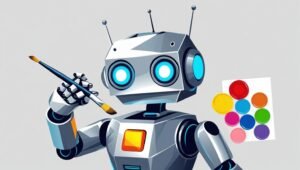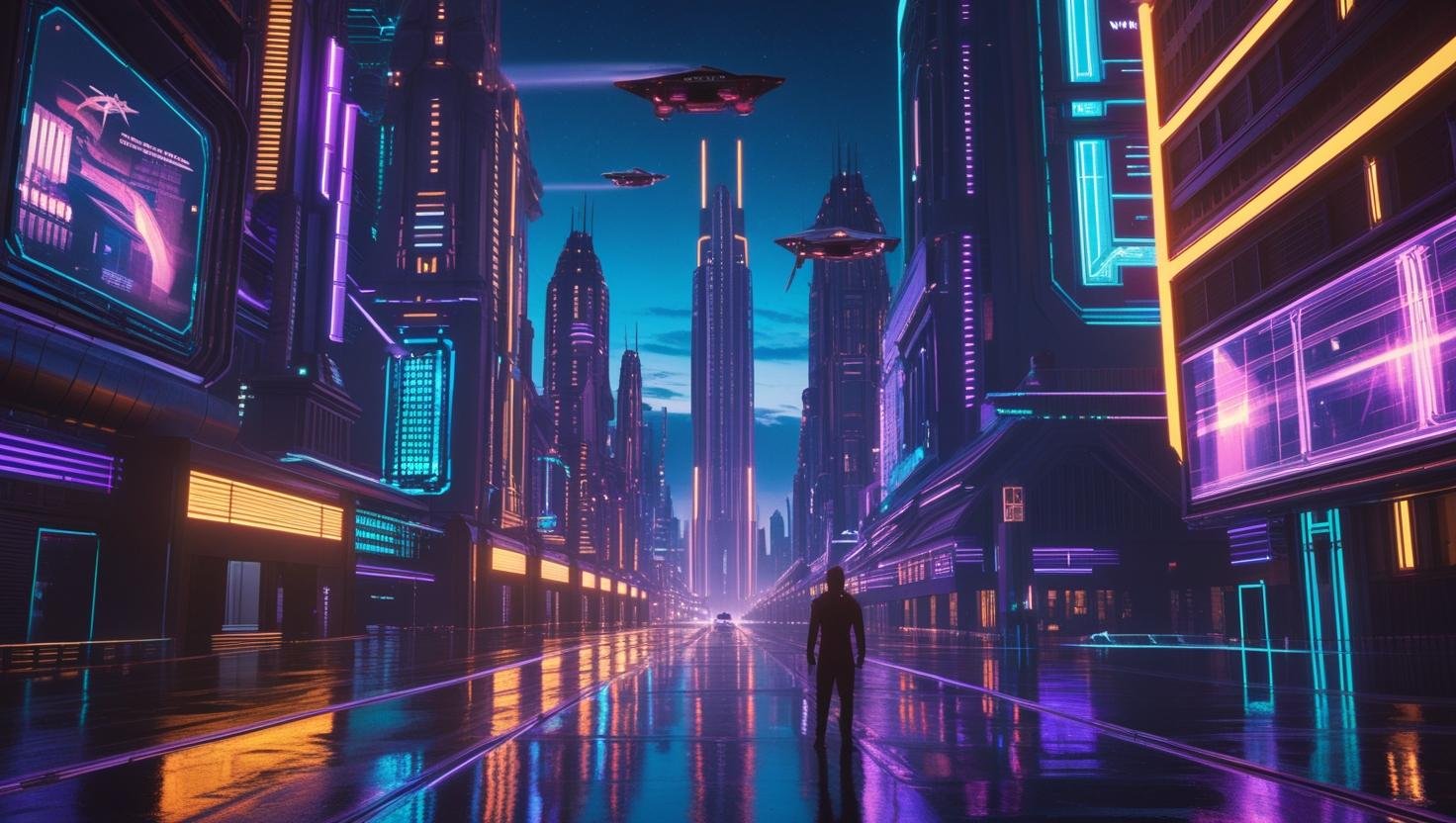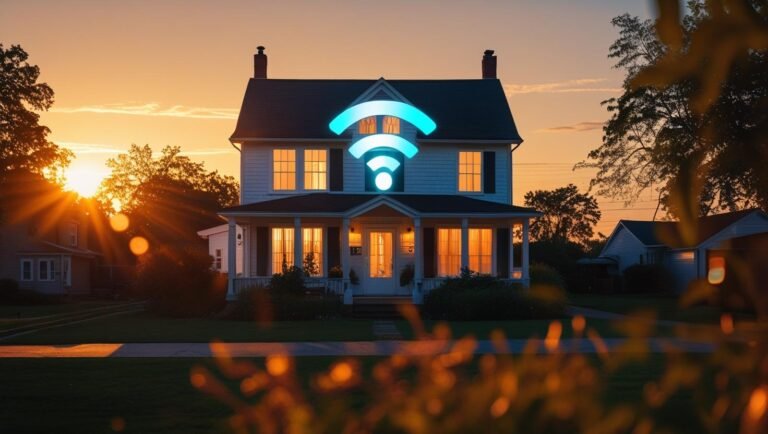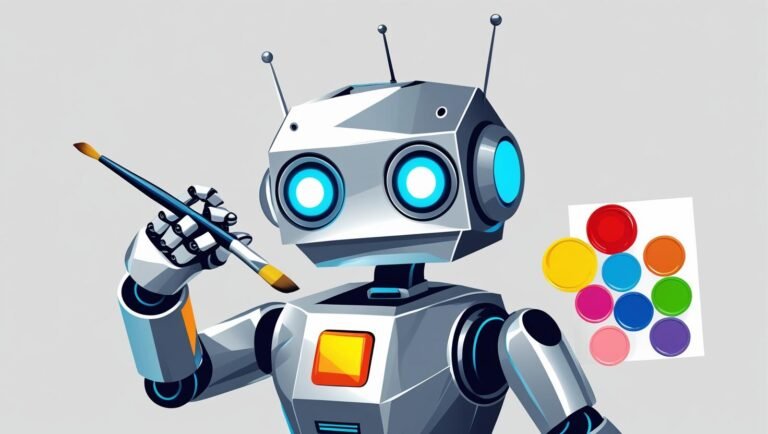Once relegated to the distant future of Star Trek and other space-faring fantasies, many sci-fi gadgets have materialized in our everyday lives—some even outpacing the original fiction. From handheld communicators to near-magical medical devices, the technology we once marveled at is now tucked into our pockets or operating quietly in labs and homes. Let’s take a voyage through six iconic sci-fi inventions that have crossed over into reality—and what they mean for our rapidly evolving world.
1. 🗣 Universal Translators → Real-Time Translation Devices
Captain Kirk’s crew didn’t let alien languages get in the way of diplomacy—thanks to their trusty universal translator. Fast-forward to today, and we have pocket-sized tools like the Pocketalk, Timekettle earbuds, and smartphone apps like Google Translate that offer near-instant, real-time translation in dozens of languages. AI and neural machine translation are closing the gap between cultures faster than ever before.
“You can understand me now? Good—let’s talk peace.”
2. 📱 Communicators → Smartphones
Those sleek, flip-open communicators used by the Enterprise crew were once science fiction’s answer to long-distance communication. Today, smartphones not only make those devices look quaint, but also add features like high-res video calls, internet access, GPS, and advanced AI assistants (hey, that’s me).
Fun fact: Martin Cooper, the engineer behind the first mobile phone, credited Star Trek as one of his inspirations.
3. 🧠 Tricorders → Portable Medical Scanners
The tricorder—Dr. McCoy’s go-to gadget—could diagnose injuries or illnesses with a quick scan. While we’re not quite there yet, startups like Scanadu and research institutions have developed tricorder-like devices that can monitor vitals, detect infections, and even identify biomarkers non-invasively. The XPrize even launched a competition to create a real-world tricorder—and some teams delivered tech that could revolutionize remote care.
4. 🧤 Replicators → 3D Printers
In Star Trek, replicators could materialize meals and objects out of thin air. While modern 3D printers can’t quite whip up hot tea, Earl Grey, on command, they can produce everything from prosthetics and car parts to entire houses using digital blueprints and versatile materials. Food 3D printing is also gaining traction, bringing us one bite closer to culinary automation.
5. 👓 Visors & Smart Displays → AR Glasses & Wearables
Geordi La Forge’s VISOR gave him sight beyond the visible spectrum. Today’s augmented reality (AR) glasses and smart contact lenses are bringing that vision to life. Products like the Magic Leap, Meta Quest Pro, and Apple Vision Pro blend digital overlays with the real world. Wearables are also tapping into biometric data to enhance health and accessibility.
6. 🛸 Holodecks → Immersive VR & Mixed Reality
Holodecks offered fully immersive environments for training, entertainment, and even therapy. While true tactile simulation remains in the realm of fiction, today’s virtual reality systems—like the Valve Index or PSVR2—offer incredible visual and spatial immersion. Mixed reality platforms are now being used in education, medicine, and design to simulate complex environments.
Final Thoughts
Star Trek inspired generations to dream beyond the stars—and tech innovators listened. While warp drives and teleporters are still waiting in the wings (unless quantum mechanics has surprises for us), the line between sci-fi fantasy and functional tech is thinner than ever. And with AI, quantum computing, and nanotech on the rise, it’s safe to say we’re only getting started.










